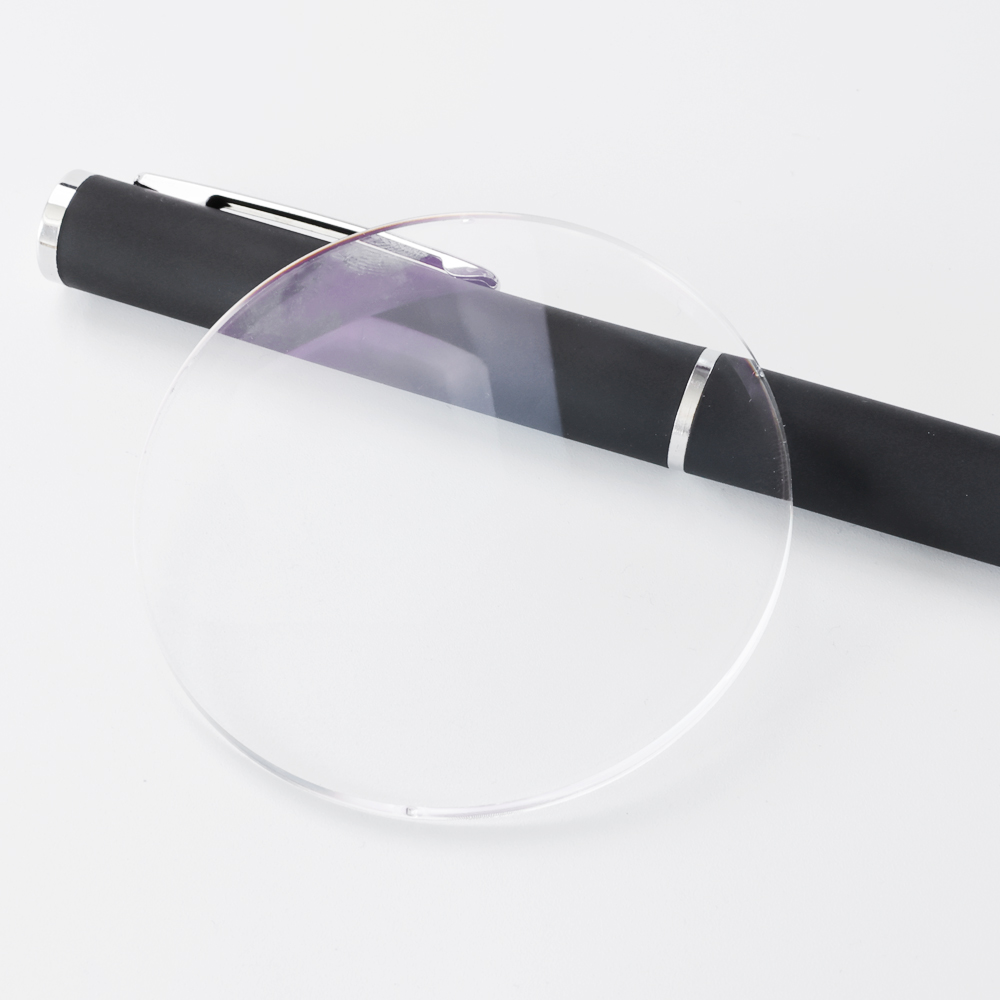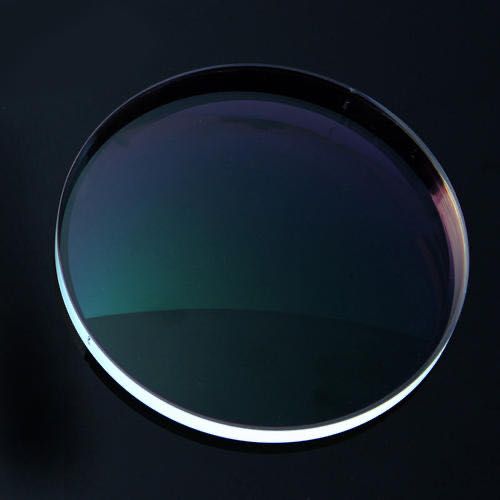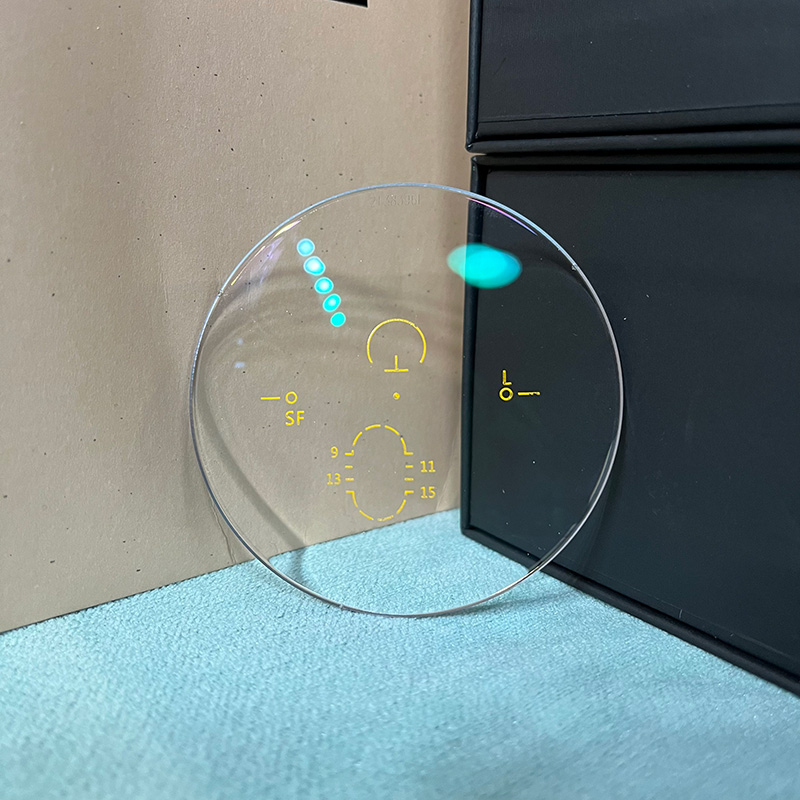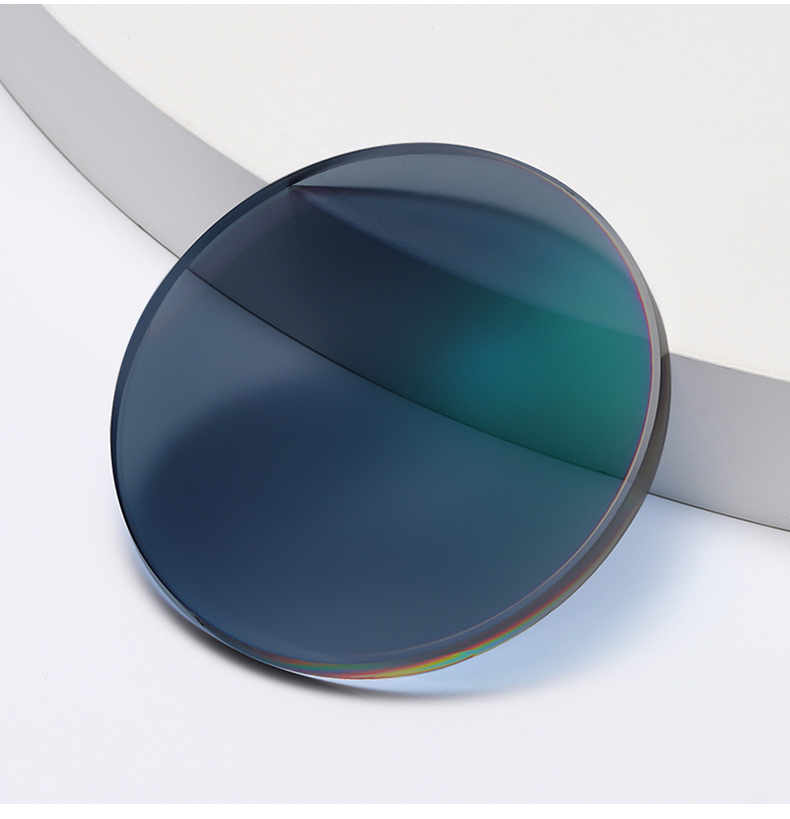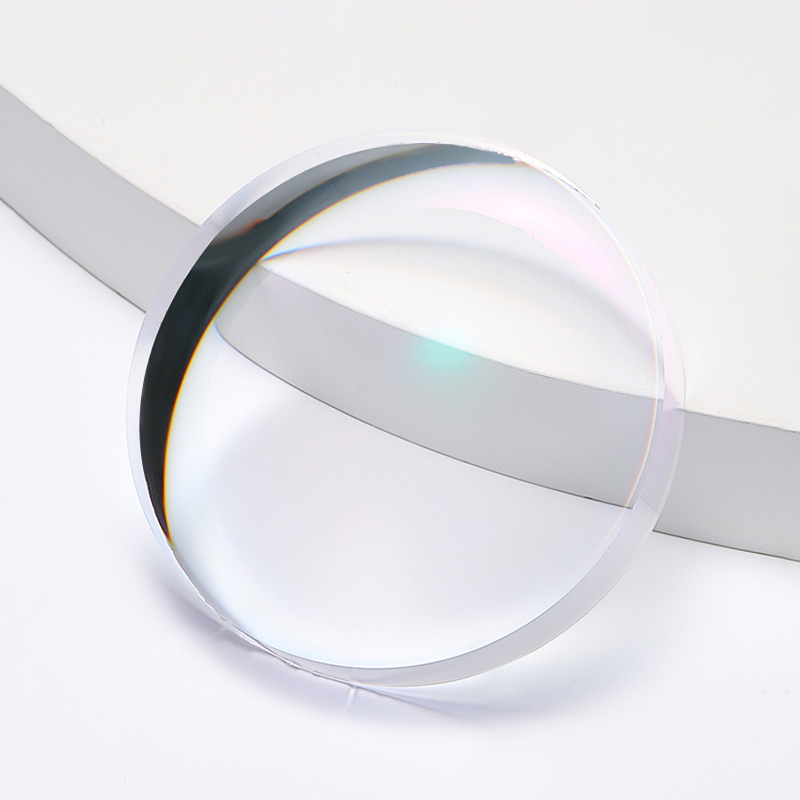SETO 1.56 single vision lens HMC/SHMC
Specification
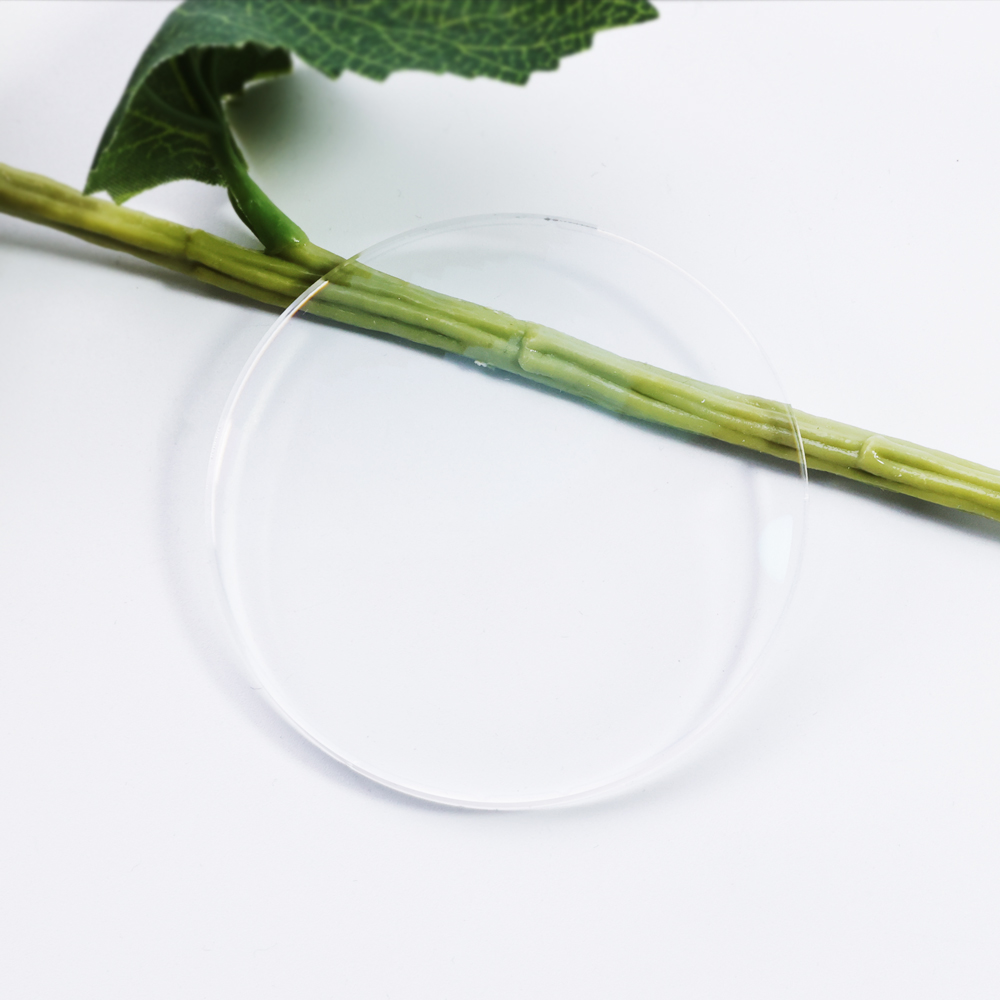
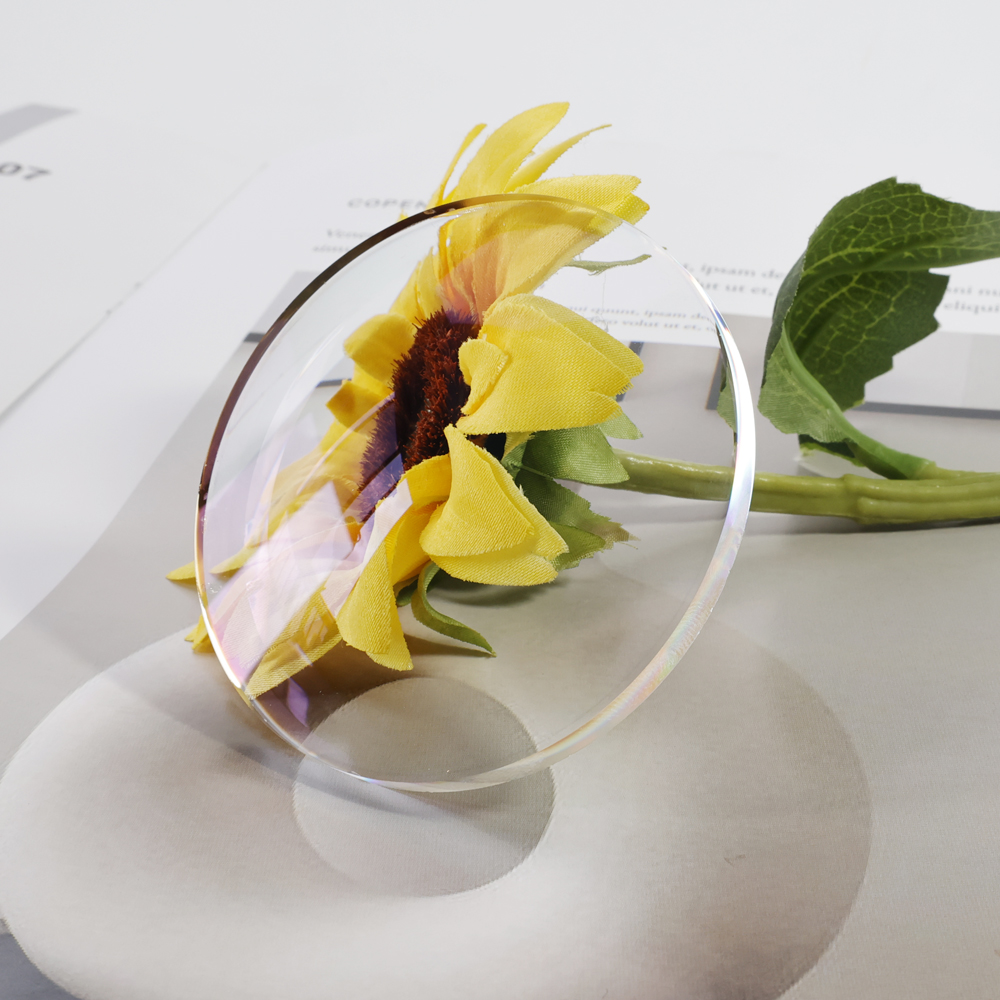
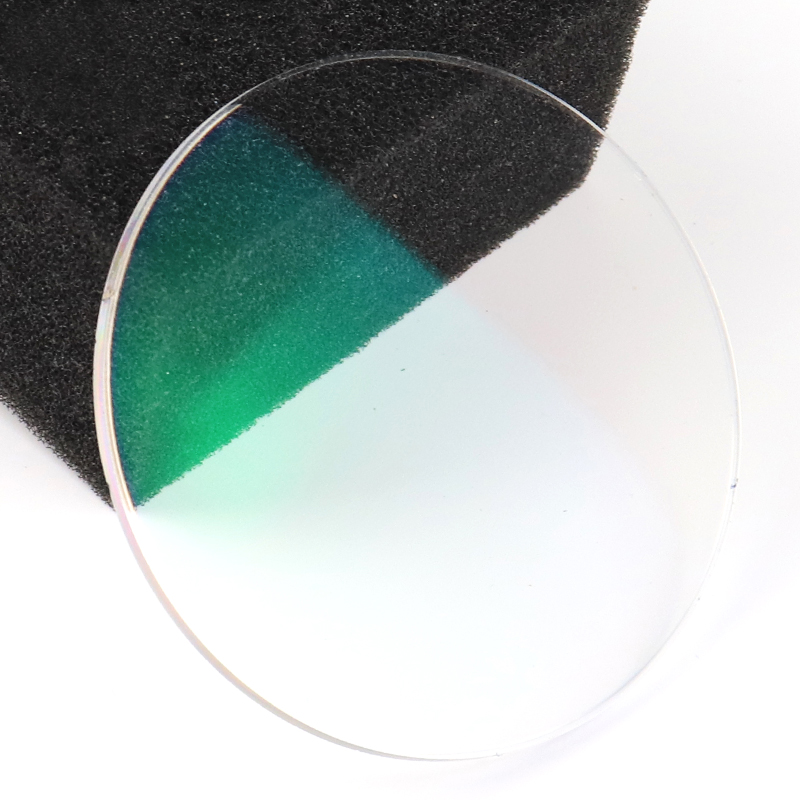
| 1.56 single vision optical lens | |
| Model: | 1.56 optical lens |
| Place of Origin: | Jiangsu, China |
| Brand: | SETO |
| Lenses Material: | Resin |
| Lenses Color | Clear |
| Refractive Index: | 1.56 |
| Diameter: | 65/70 mm |
| Abbe Value: | 34.7 |
| Specific Gravity: | 1.27 |
| Transmittance: | >97% |
| Coating Choice: | HC/HMC/SHMC |
| Coating color | Green,Blue |
| Power Range: | Sph: 0.00 ~-8.00;+0.25~+6.00 CYL: 0~ -6.00 |
Product Features
1. How do single Vision lenses work?
Single vision lens refers to the lens without astigmatism, which is the most common lens. It is generally made of glass or resin and other optical materials. It is transparent material with one or more curved surfaces. Monoptic lens is colloquially referred to a single focal lens, that is, a lens with only one optical center, which corrects the central vision, but does not correct the peripheral vision.
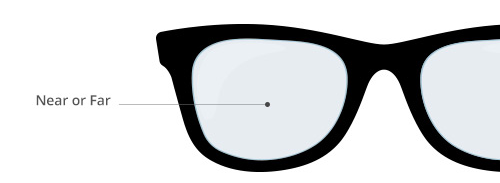
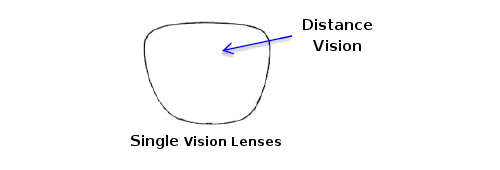
2. What is the difference between a single lens and bifocal lens?
In ordinary single vision lens, when the image of the center of the lens just falls on the central macular area of the retina, the focus of the image of the peripheral retina actually falls on the back of the retina, which is the so-called peripheral far-sightedness defocus. As a result of focal point falls in retina rear, can induce the lengthening of compensatory sex of eye axis so, and eye axis every growth 1mm, myopia degree number can grow 300 degrees.
And single lens corresponding to the bifocal lens, bifocal lens is a pair of lenses on the two focal points, usually the upper part of the lens is a normal degree of the lens, used to see the distance, and the lower part is a certain degree of the lens, used to see near. However, the bifocal lens also has disadvantages, its upper and lower lens degree change is relatively large, so when looking at the far and close conversion, the eyes will be uncomfortable.
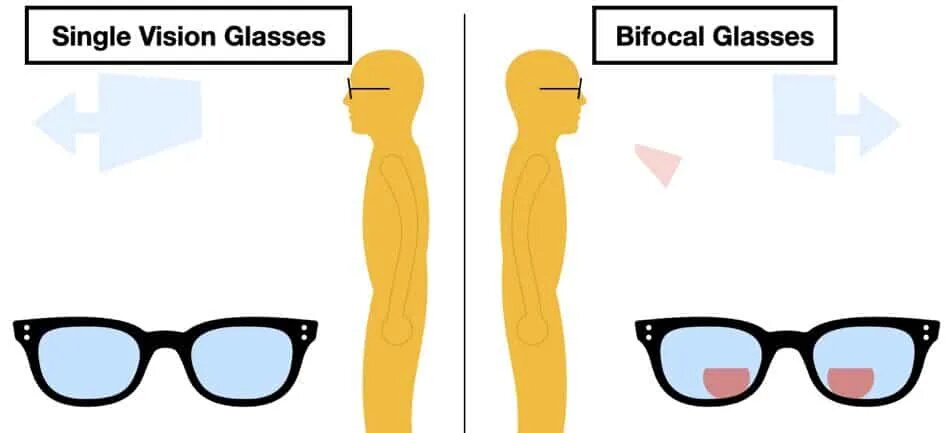
3. What is the difference between HC, HMC and SHC?
| Hard coating | AR coating/Hard multi coating | Super hydrophobic coating |
| make the uncoated lenses are easily subjicted andexposed to scratches | protect the lens effectively from reflection,enhance functional and charity of your vision | make the lens waterproof, antistatic, anti slip and oil resistance |
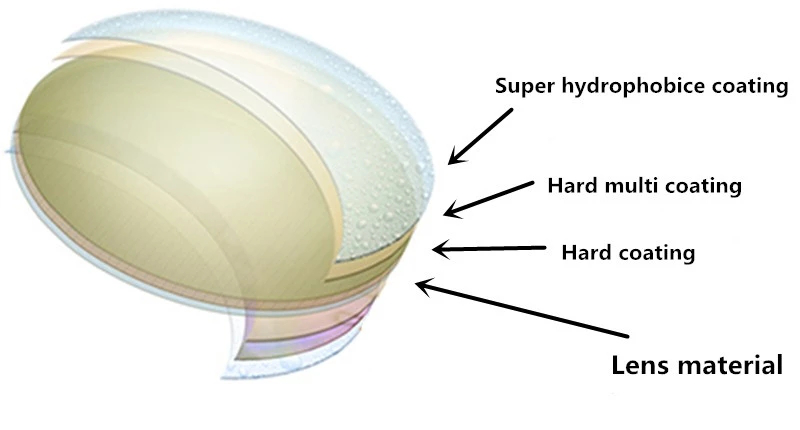
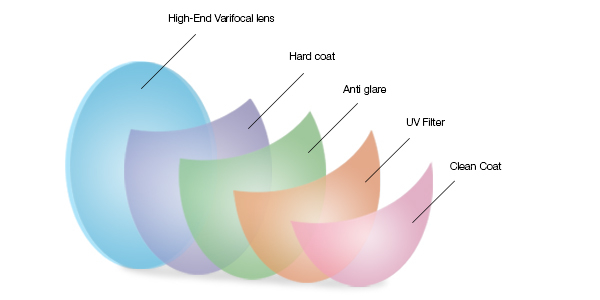
Certification



Our Factory


